Values, edges, perception, color. These are the four fundamentals of painting we need to create art without limitations.
In this Fundamentals series, we've broken down each fundamental separately, defining each one and discovering how they are necessary to recreate the illusion of reality on a two-dimensional surface like a canvas or a computer screen.
Now, we're going to talk about bringing them together to make realistic paintings.
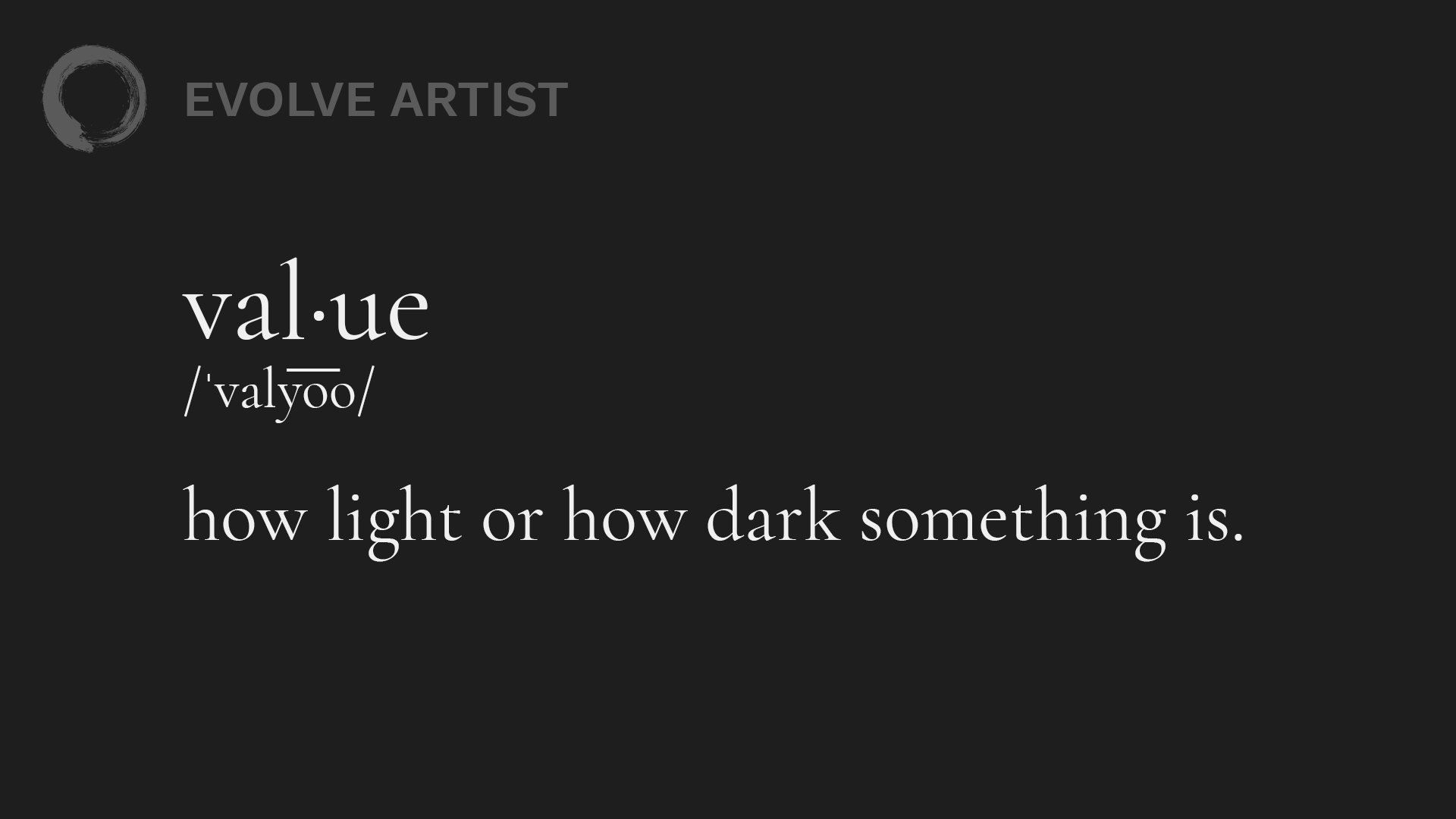
Values, edges, perception and color are the four fundamentals that we need to develop in order to create art without limitations.
Fundamentals of Painting: The Building Blocks of Our Visual Reality
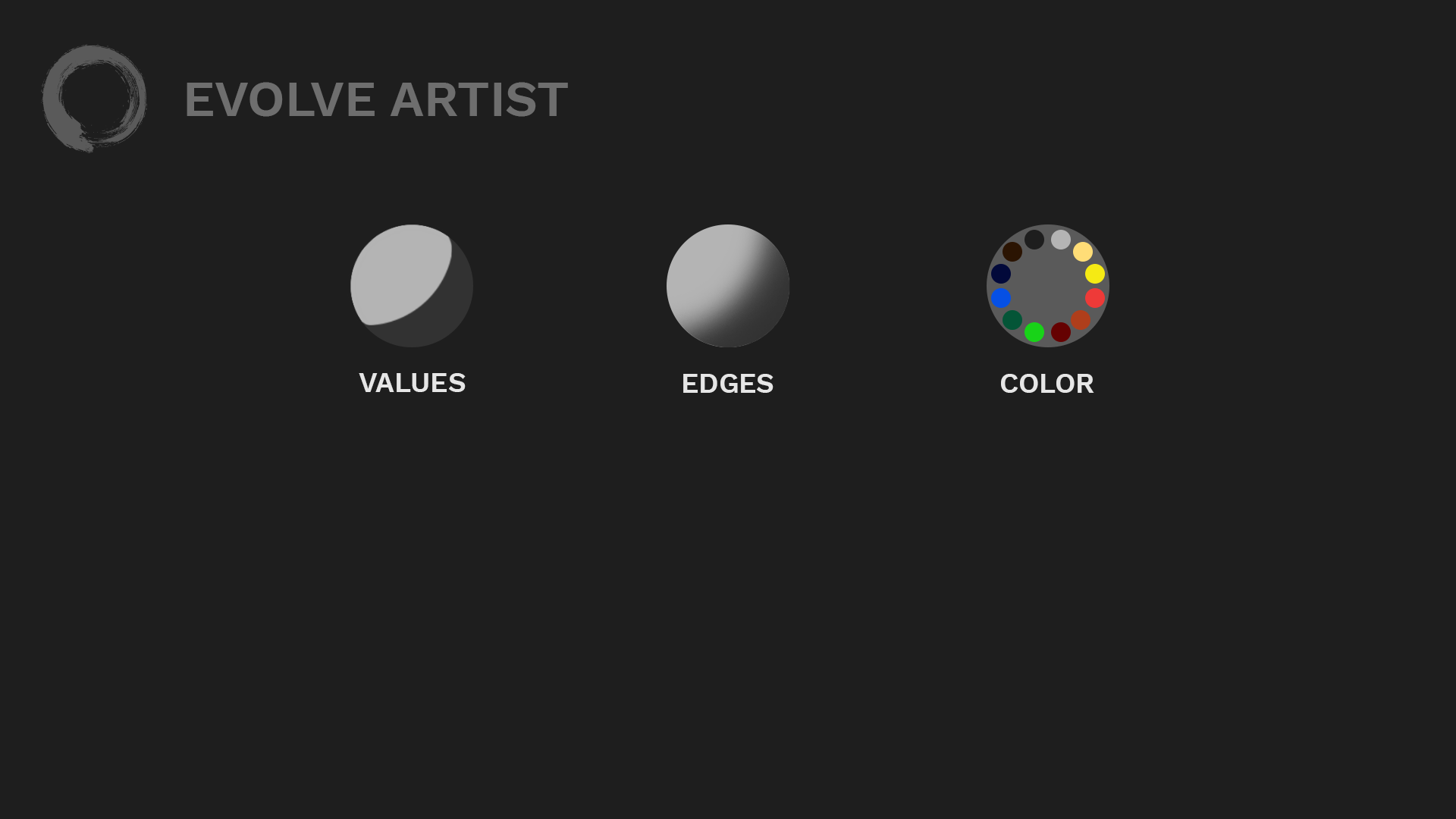
We use our perception to make decisions about these three moving parts that make up our visual reality: value, edges, and color.
Let's start by reviewing these fundamentals of painting. Values, edges, and color are the three moving parts that make up our visual reality. Then, we use our perception to make decisions about all three of these things on every inch of our canvas, including where we place them.
When we look around at all the art that has been made, everything we’ve witnessed with our own eyes is just comprised of values, edges, and color. We can use the same building blocks of our visual reality, these ingredients, to bring forth our own creation to make realistic paintings.
The Most Important Element to Make Realistic Paintings
Look around you. There's practically an infinite variety of relationships that can happen between these fundamentals in order to create everything that's around us. There's the relationship of value to value, edge to edge, color to color, but there are also the relationships of values to edges and edges to color and color to values and all the combinations in between.
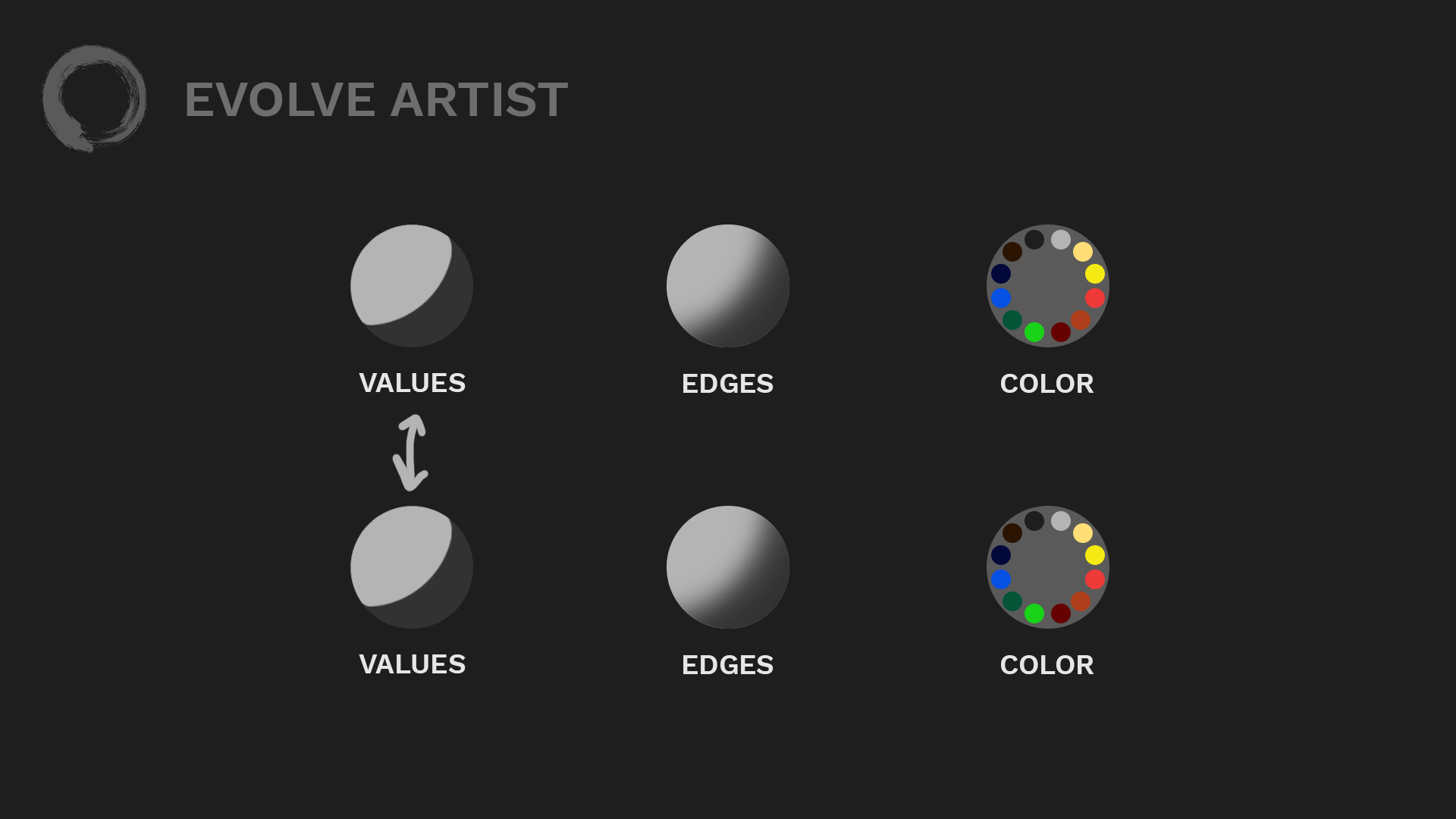
There is almost an infinite variety of relationships that can happen between the fundamentals in order to create everything that’s around us.
Furthermore, how well do we understand the elements that have the greatest, consistent impact on these fundamentals of painting? What carries the most weight so that we can efficiently and effectively go about creating art?
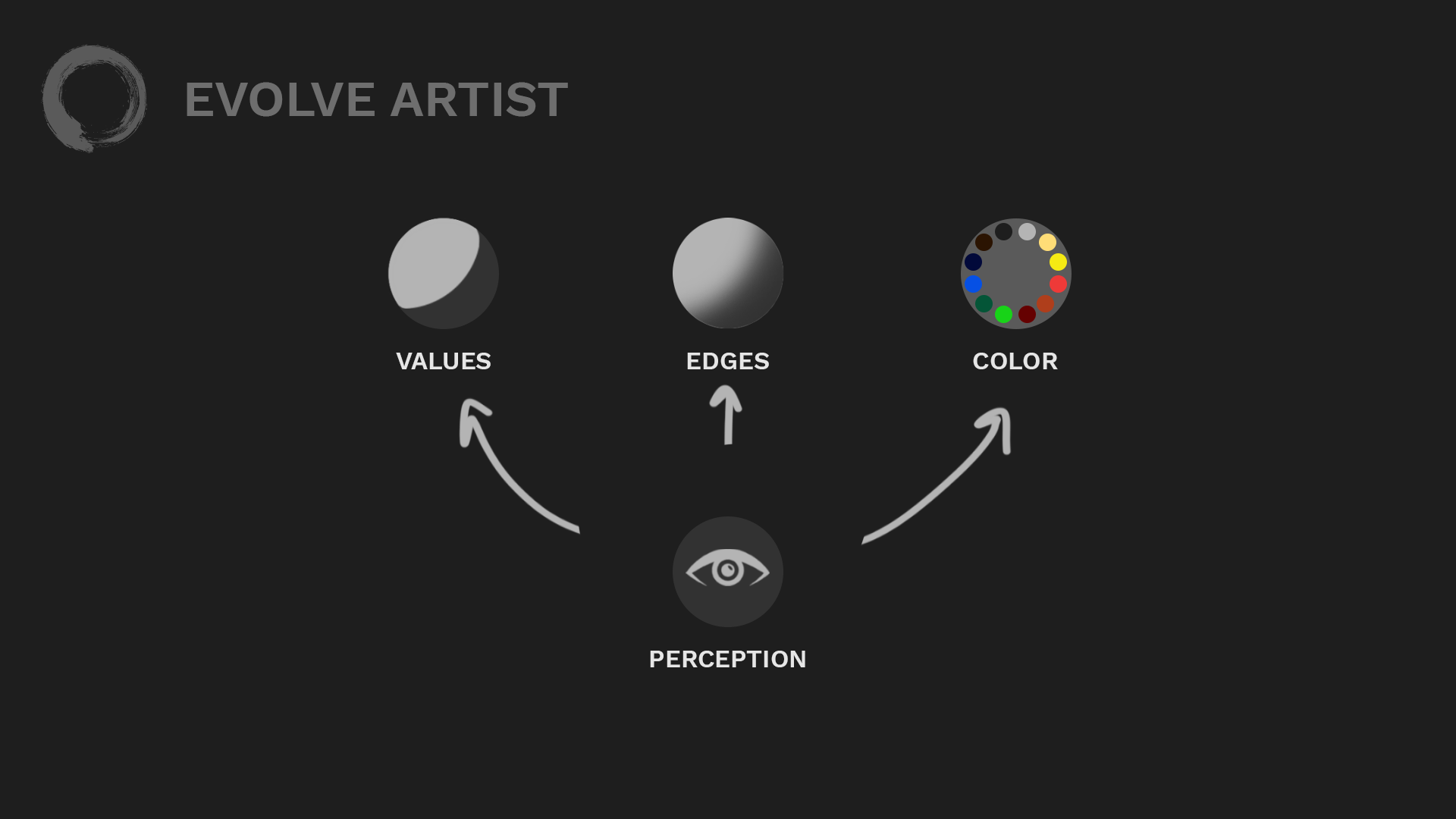
We need to know which elements have the greatest impact on the fundamentals to make decisions when creating art.
If we knew the answer to these questions, we would be able to compose and intertwine these relationships together to create something that feels like it belongs in this world that we live in, whether it's wildly impressionistic or hyper-realistic.
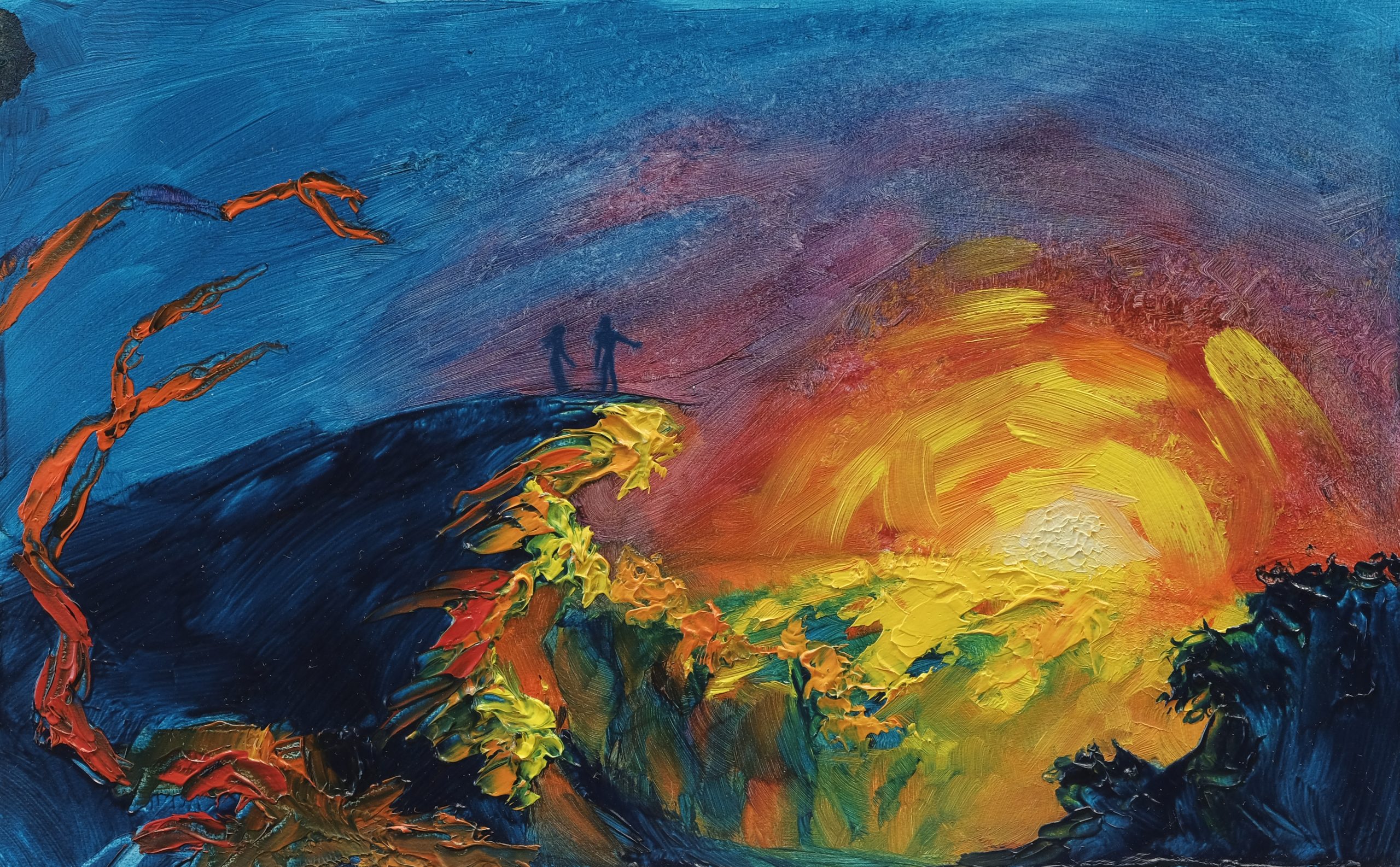
Brazen Rift’s impressionistic painting First Tears (Part 3) demonstrates the strong understanding and use of the fundamentals of art.
What has the greatest influence? How can we navigate through the storm of decisions that we have to make to create relationships that make sense together?
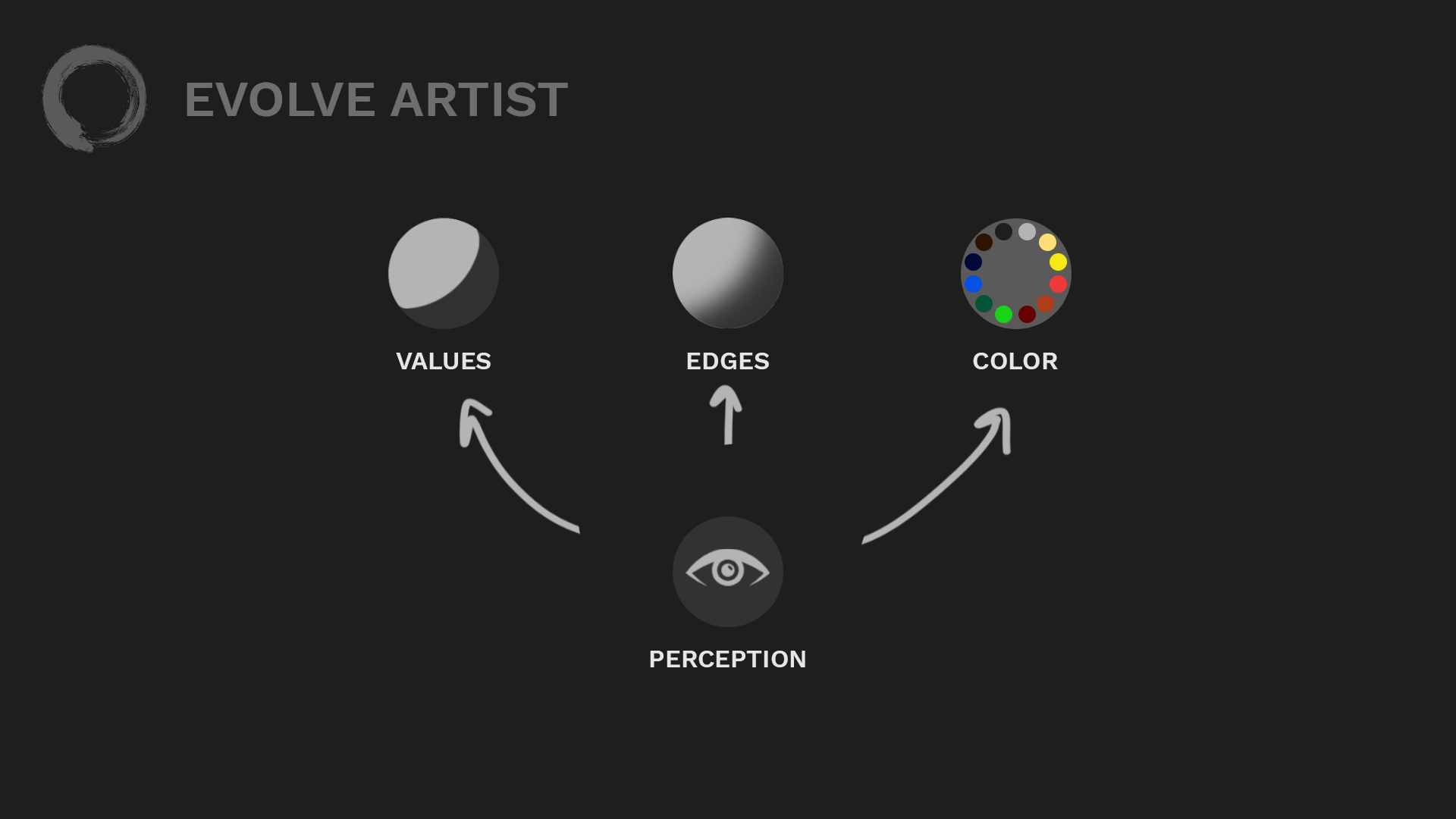
When we make decisions through the lens of light, we can make realistic paintings.
Everything we see is light bouncing around and entering our eyes. When we make decisions about our values, edges, and color, through the lens of light, we will be able to make structurally coherent works of art that depart from the two-dimensional surface we are working on.
How to Make Realistic Paintings: A Walkthrough
1. Values

Values are determined by how light interacts with it. Without light, even a white cube would be black.
First, we start with values. Values have two determining factors: what it's made out of and how the light interacts with it. That second part is so important because a white cube would be black in a room with no light.
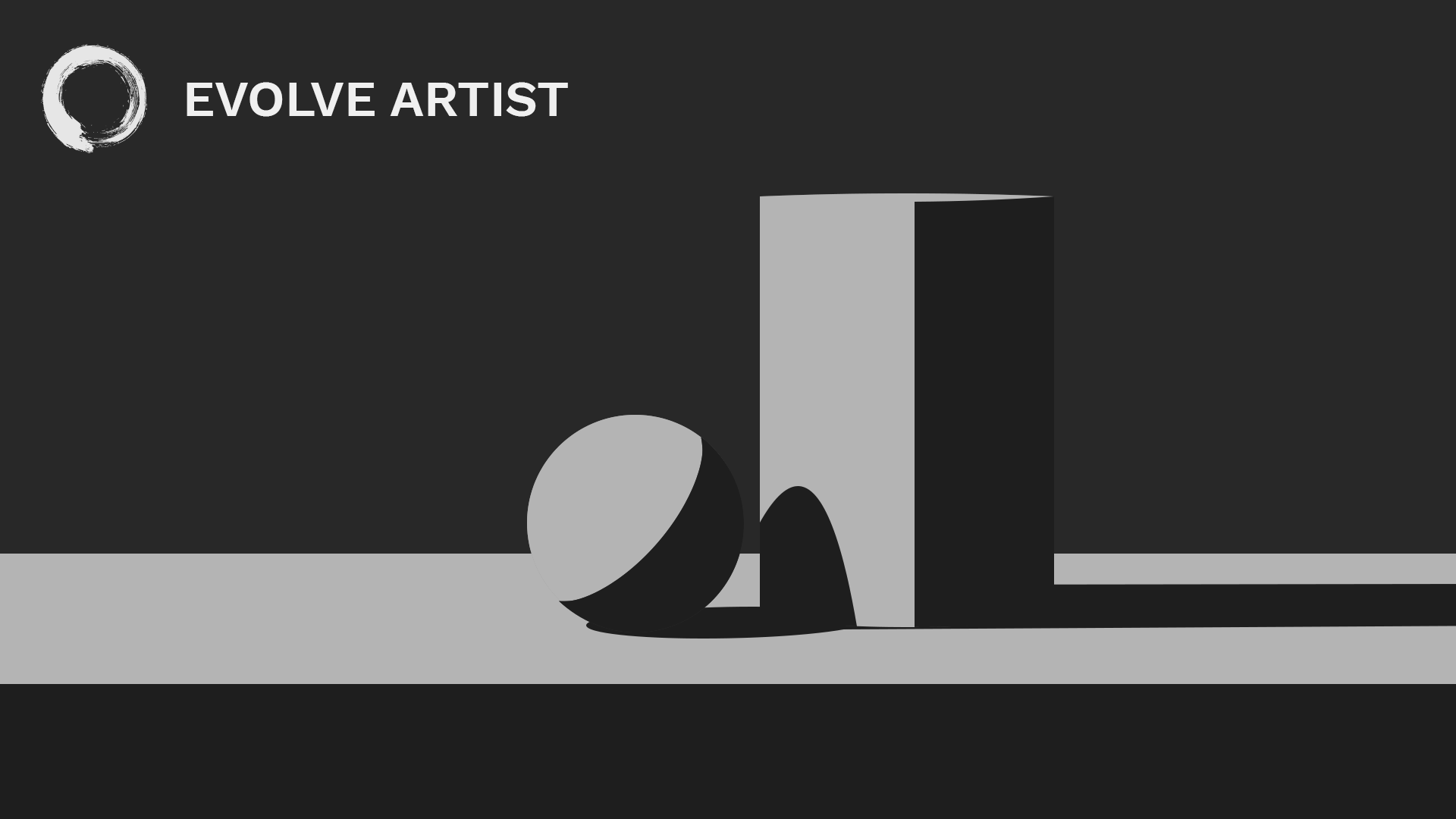
Assign values based on the light and shadow, making sure that anything that is a shadow is darker than anything that is a light.
2. Edges
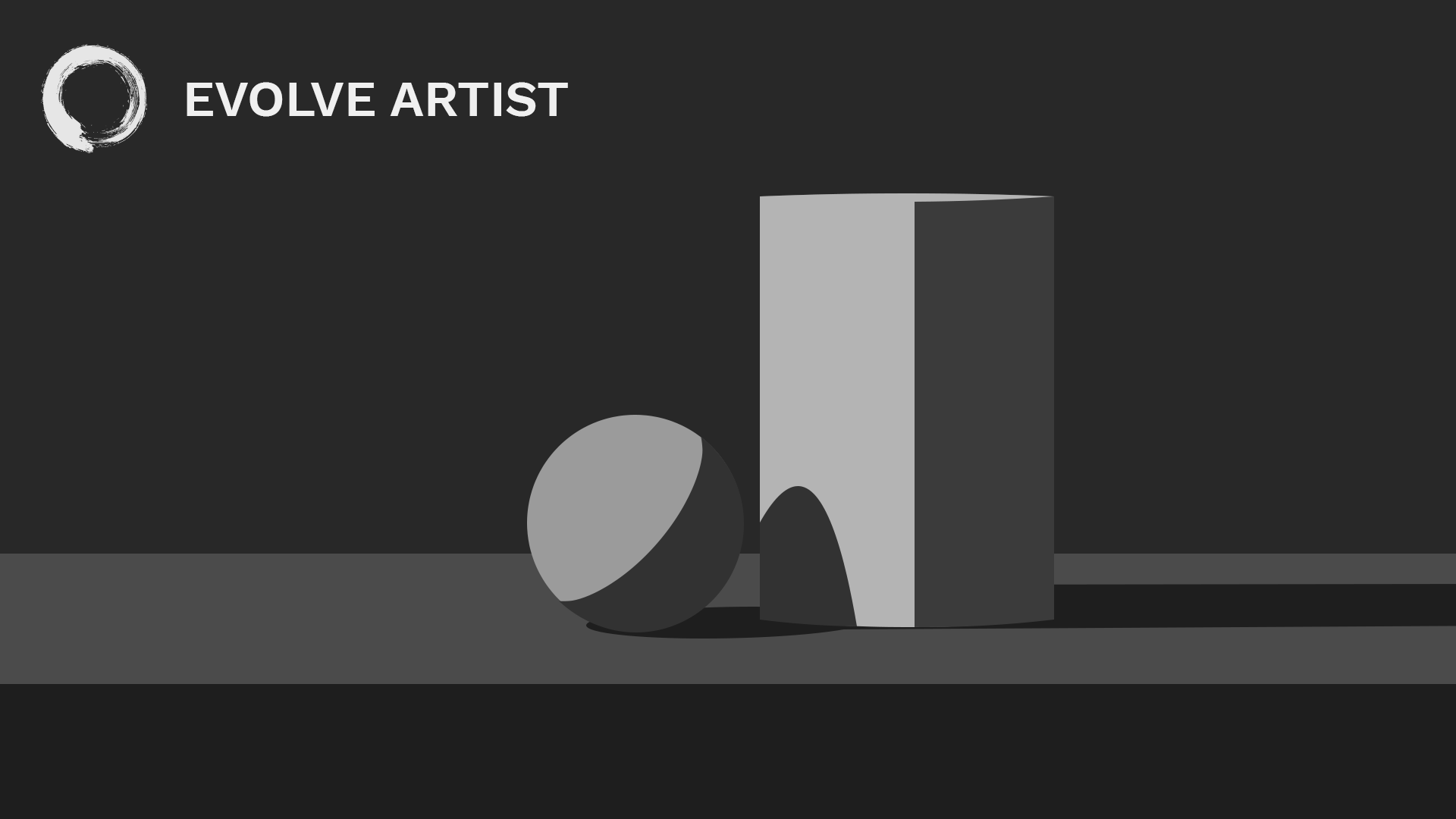
Form and cast shadows help determine whether edges should be sharp or soft.
3. Color
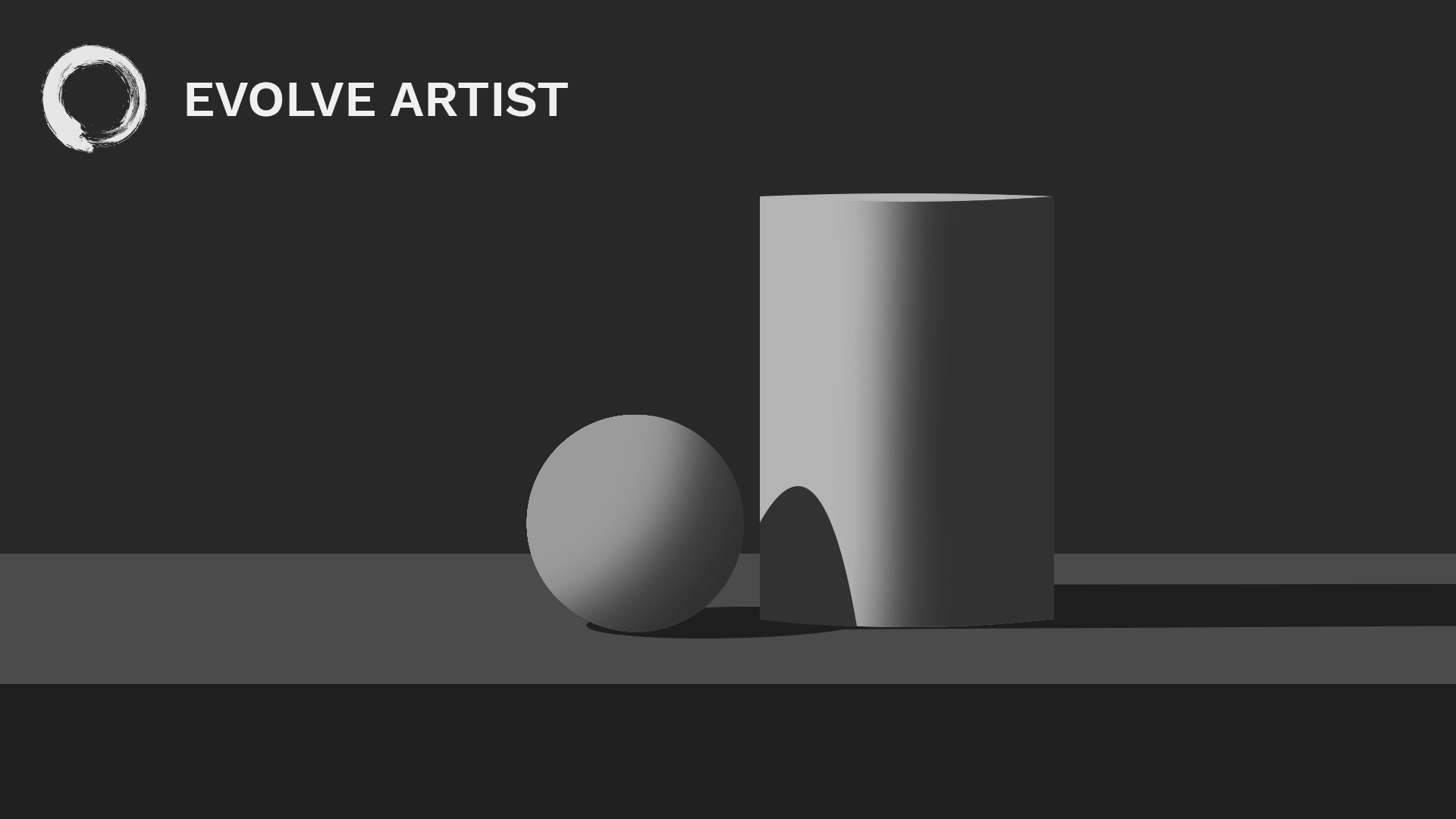
Because color is light, objects in the light will have more color than those in the shadows.
Color is determined by the different frequencies at which light waves enter our eyes. Because color is light, anything that is in the light is going to have more color than its shadows. Thus, the shadows are going to be relatively gray compared to the lights.
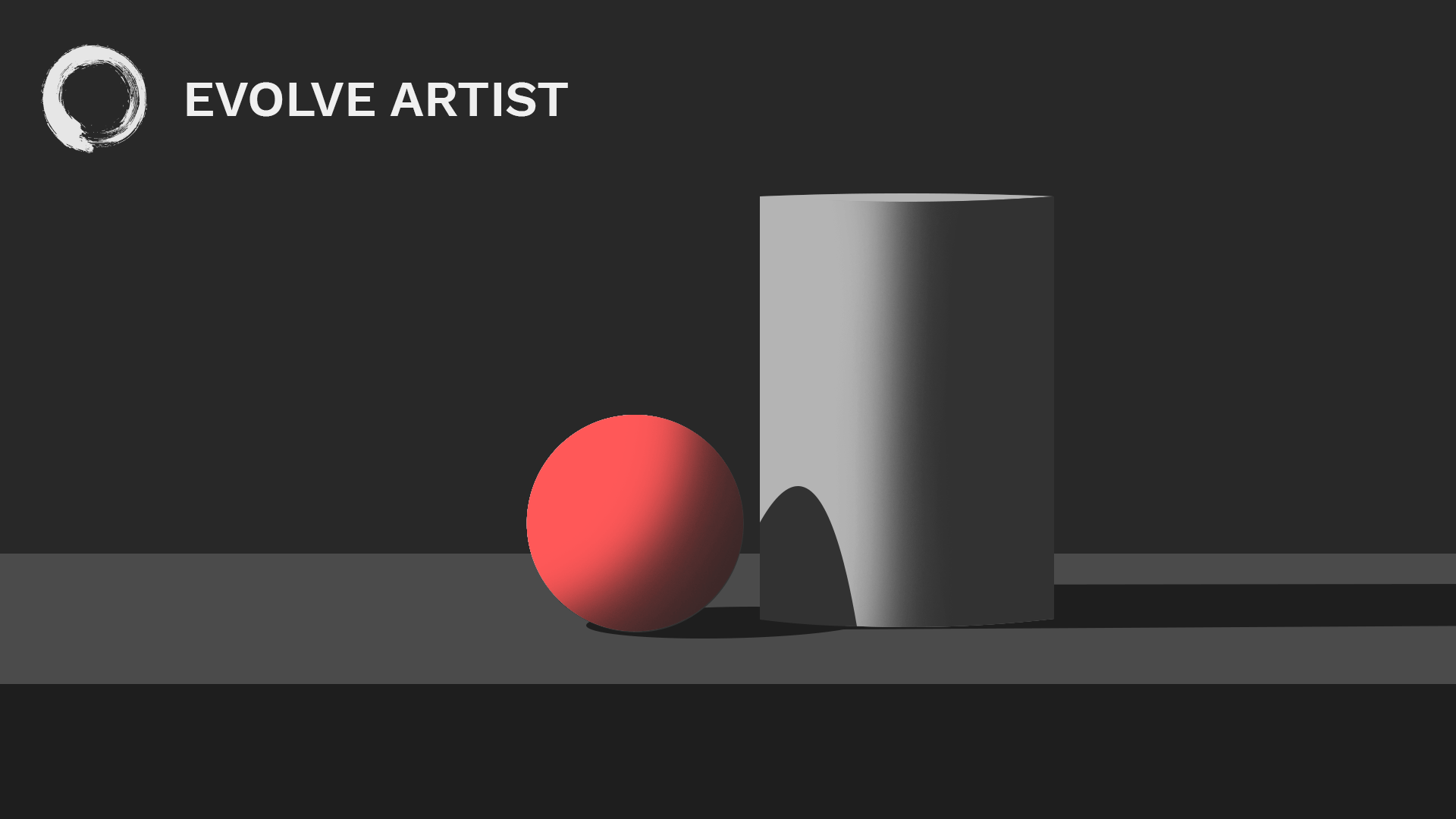
Color temperature is determined by the warmth or coolness of the light.
We also have to take color temperature into consideration, which is determined by the degrees of Kelvin that the light source is emitting. Based on that, the light is either going to be warmer or cooler than the shadows.
4. Reflections & Highlights
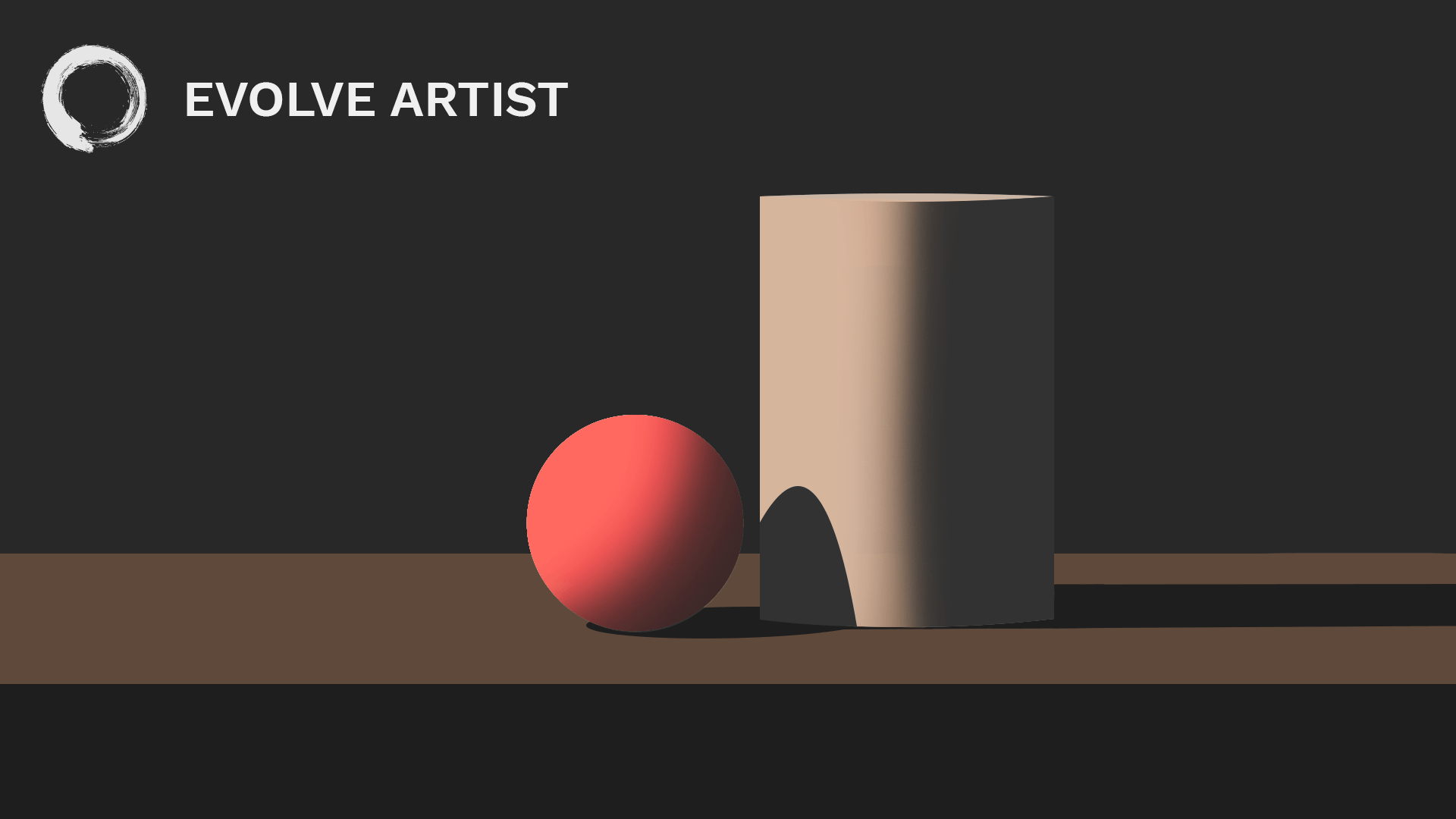
Reflections and highlights are determined by how the light is bouncing around in the environment.
All that's left is dropping in some subtle reflections and highlights, which are determined by how the light waves are bouncing around in the environment.
At this point, there's not much else to do. All of what has been created here has been because of an understanding of how the light works. Add a little bit of depth using some softer edges in the background, and you've got yourself a pretty realistic work of art.
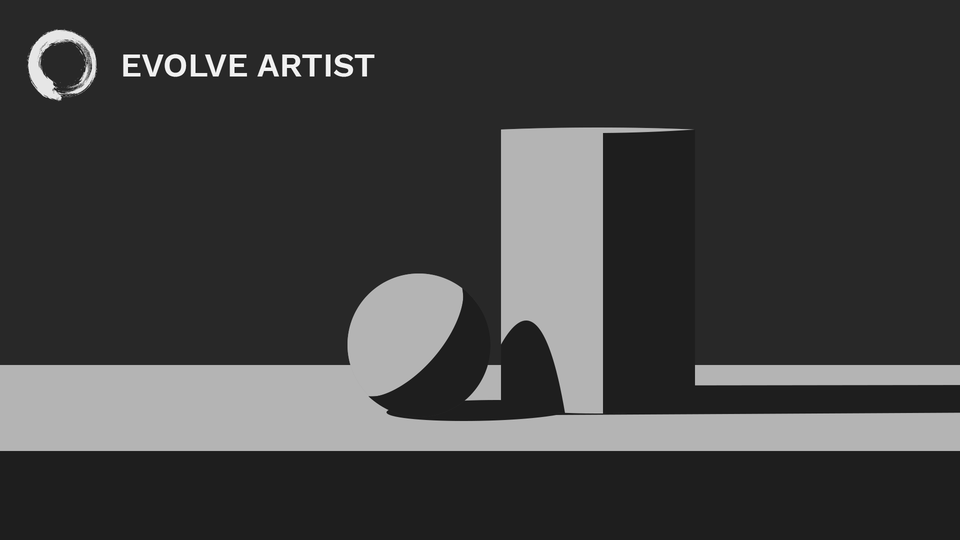
With an understanding of light, we can master how to make realistic paintings.
The Impact of Light and Shadow
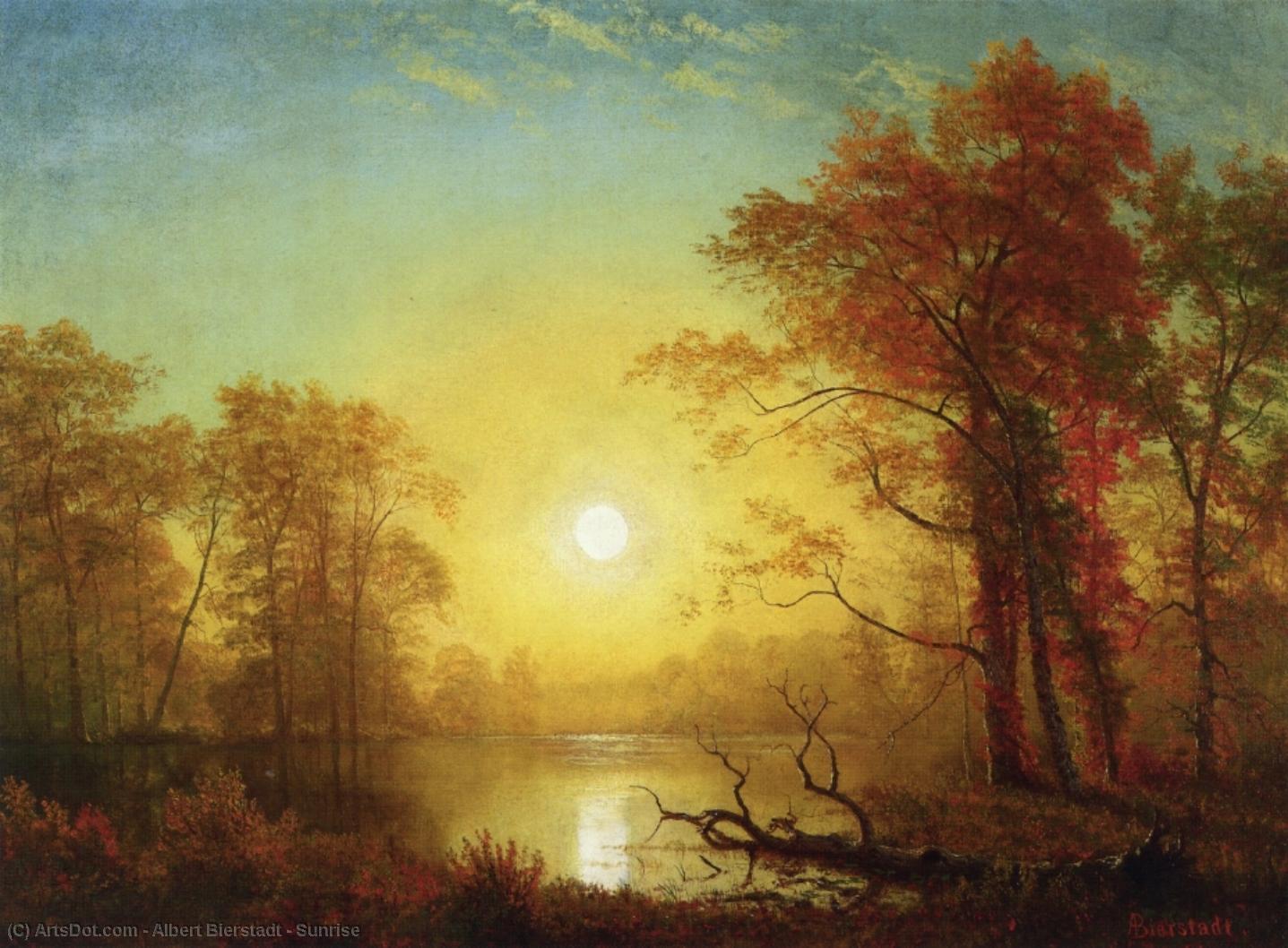
Light can evoke strong feelings as evident in this painting Sunrise by Albert Bierstadt.
After all this technical talk, let's step back for a moment and think about light and shadow, how it feels when the sun comes up on a cold, blurry morning.
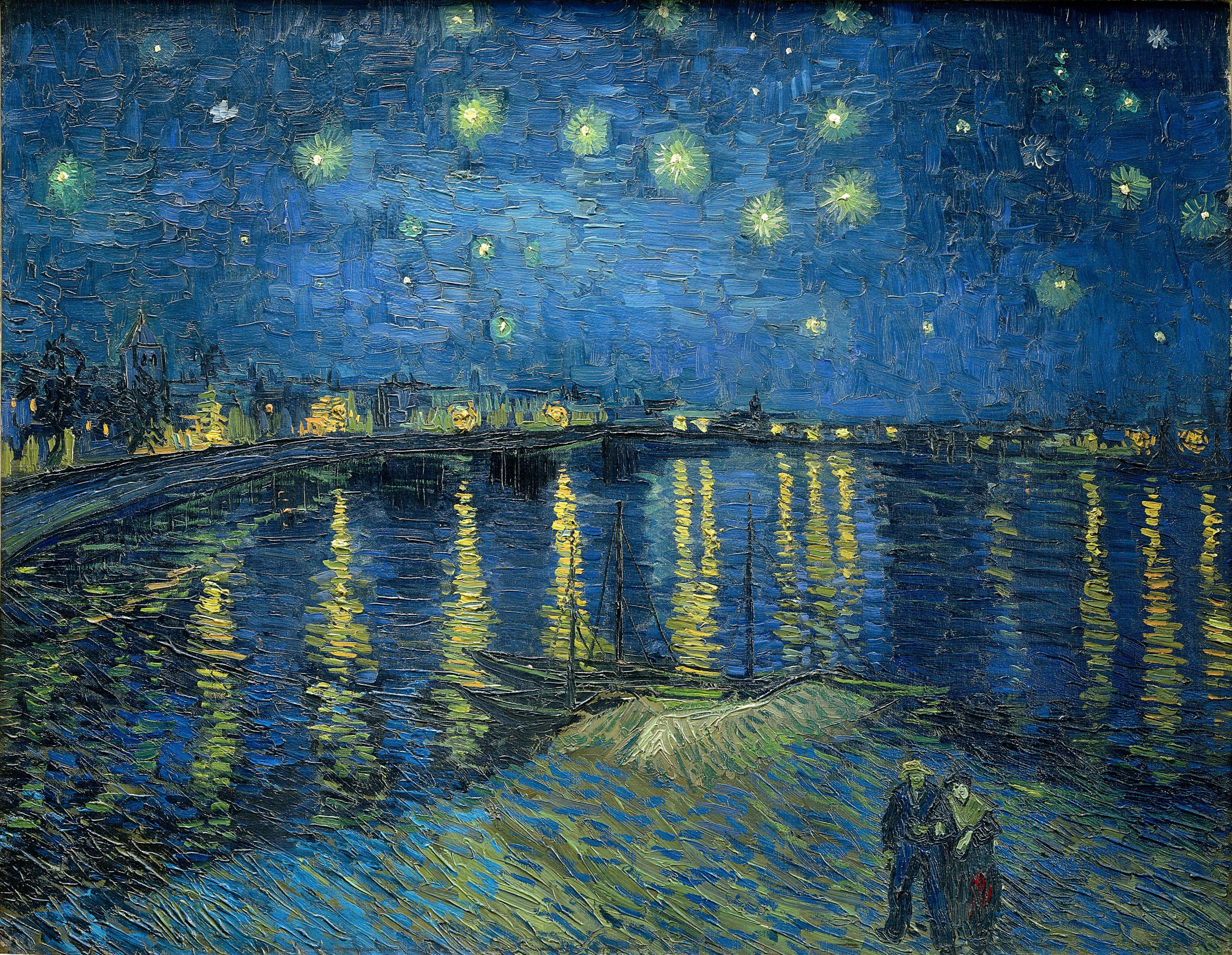
Starry Night Over the Rhone by Vincent van Gogh captures how light can capture movement and playfulness in a painting.
Think about how it spills through a window of a musty attic, flecks of dust waking up in its warmth. How it dances and flirts with water... I could go on and on.
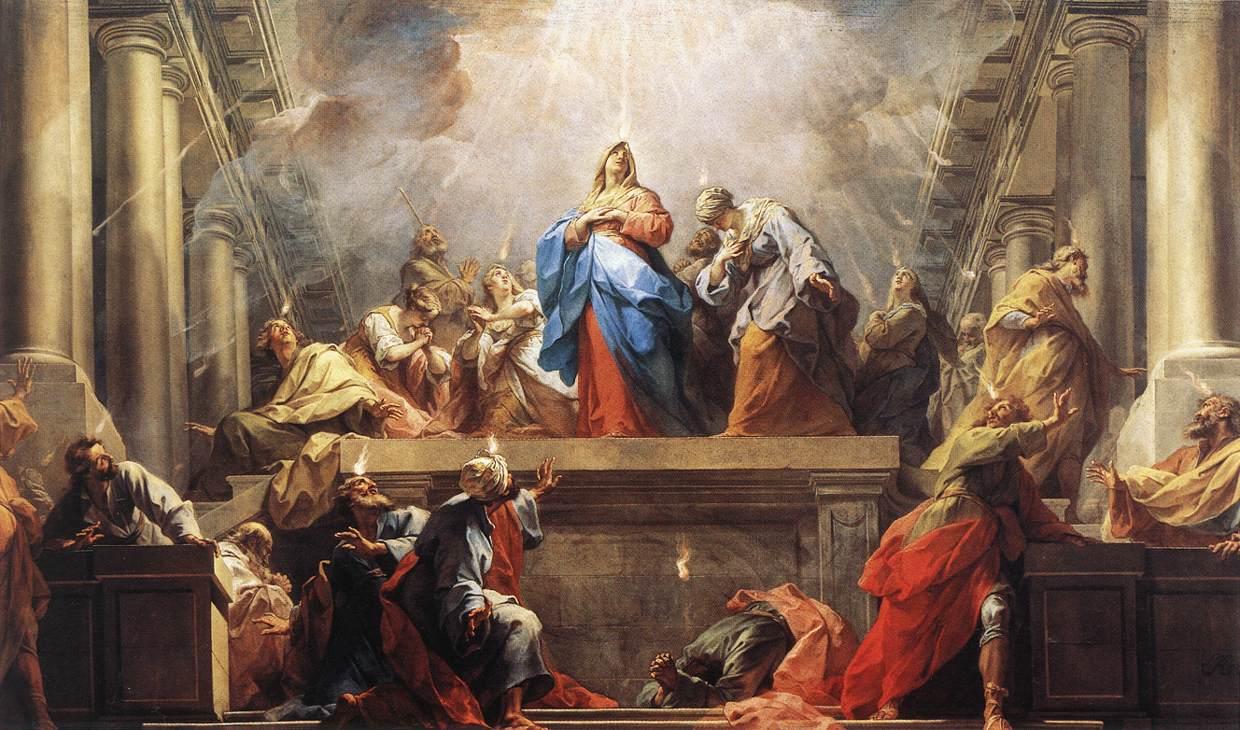
Light can symbolize life, warmth, and truth as suggested in Jean II Restout’s painting, Pentecost.
In literature, light is used to convey themes of life, warmth, truth. It exposes. It opens.
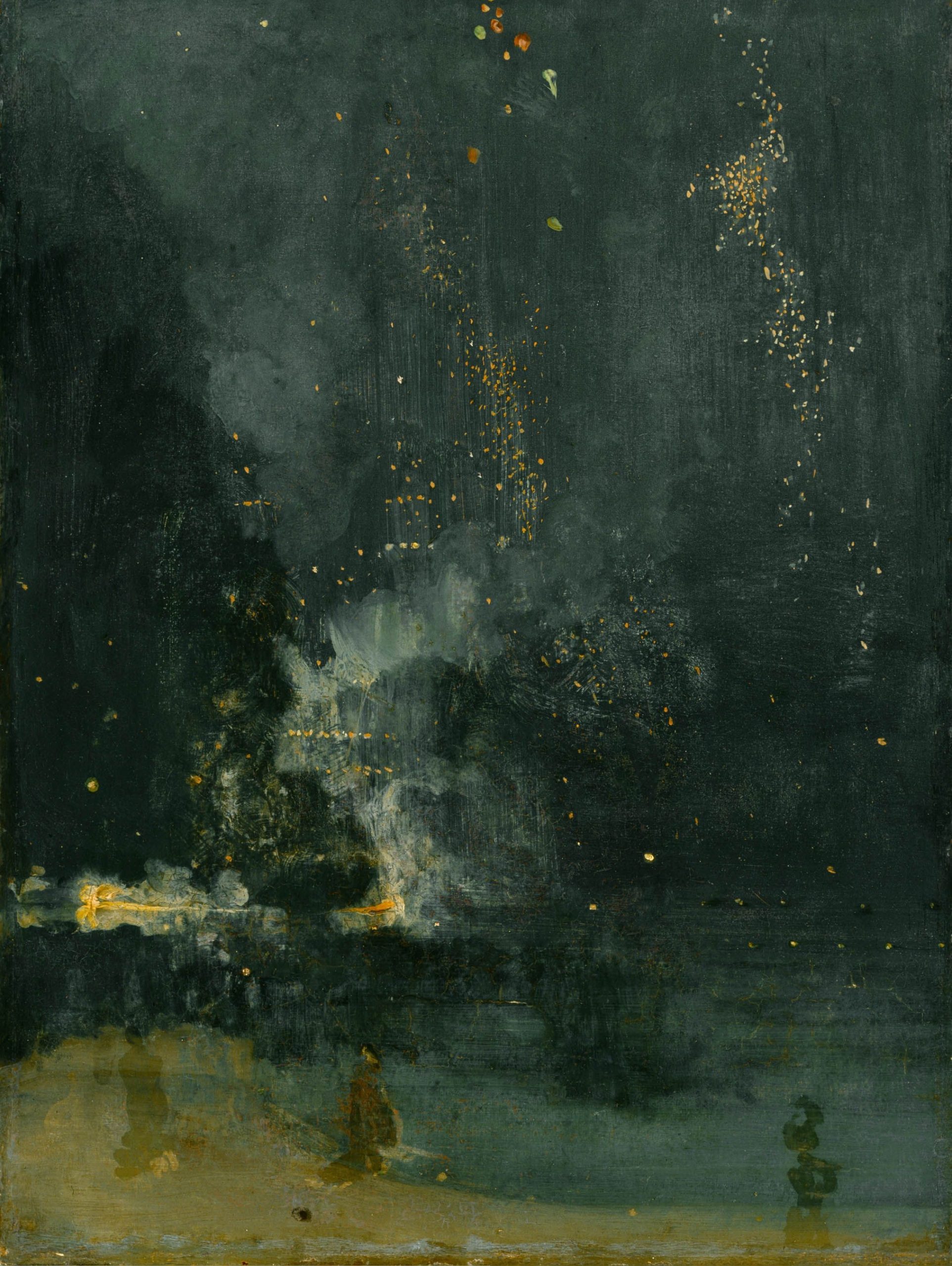
The absence of light, or shadows, can symbolize ambiguity, emptiness, even death as captured in Nocturne in Black and Gold by James Abbott McNeill Whistler.
Shadows, on the other hand, conjure up gray images of mystery and formless ambiguity, emptiness, and death.
Don't confuse light and shadow for just "shading" or just "values," which is simply how light or how dark something is. Not only are the lights lighter than the shadows (values), but the details are clearer (edges), and the colors are richer (color).
We need to use all three of the moving parts to properly capture the essence of light and shadow, these polar opposites that work together to form our beautiful world.
Using the Fundamentals to Create Depth
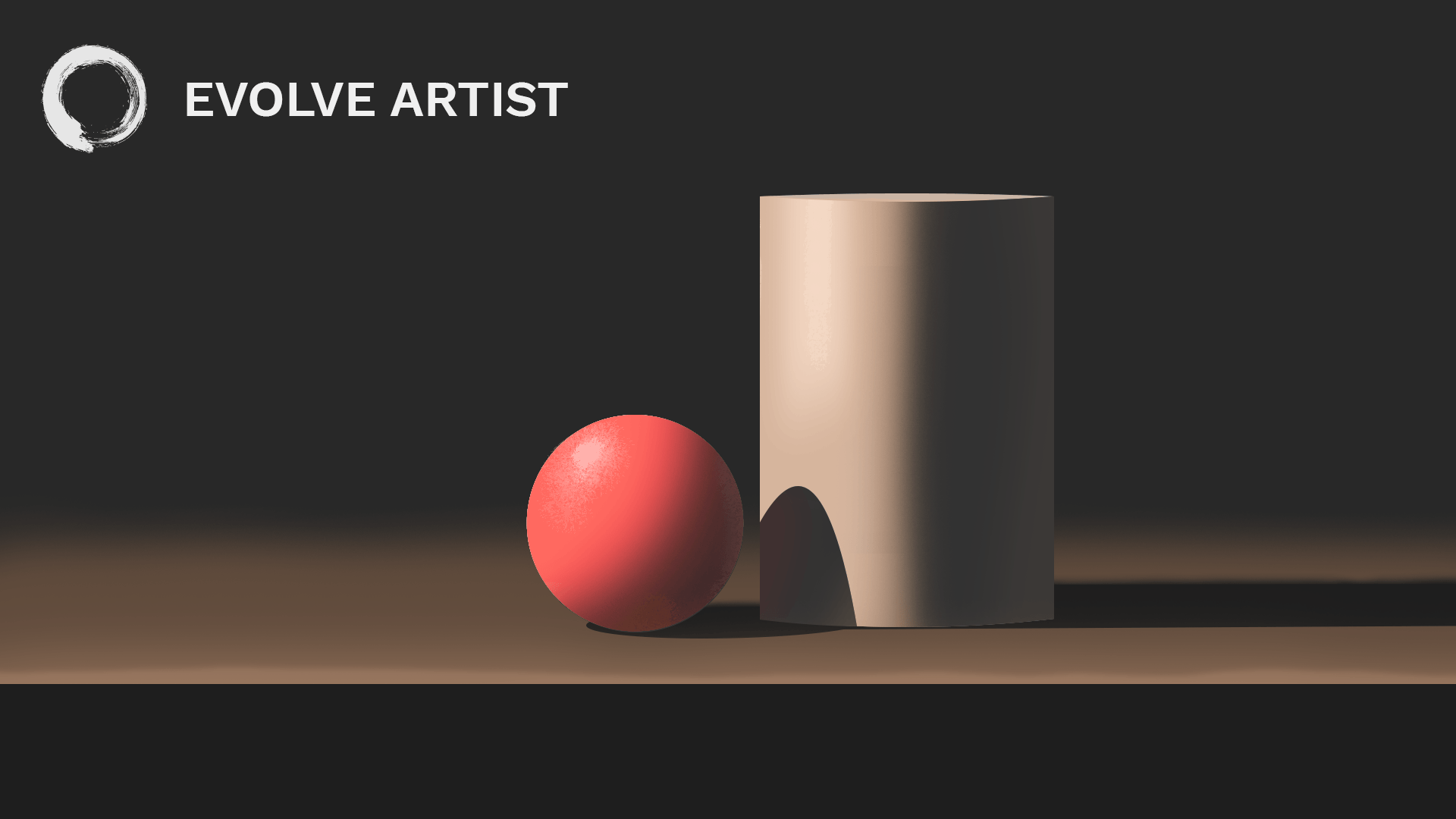
Combining the four fundamentals together can create depth.
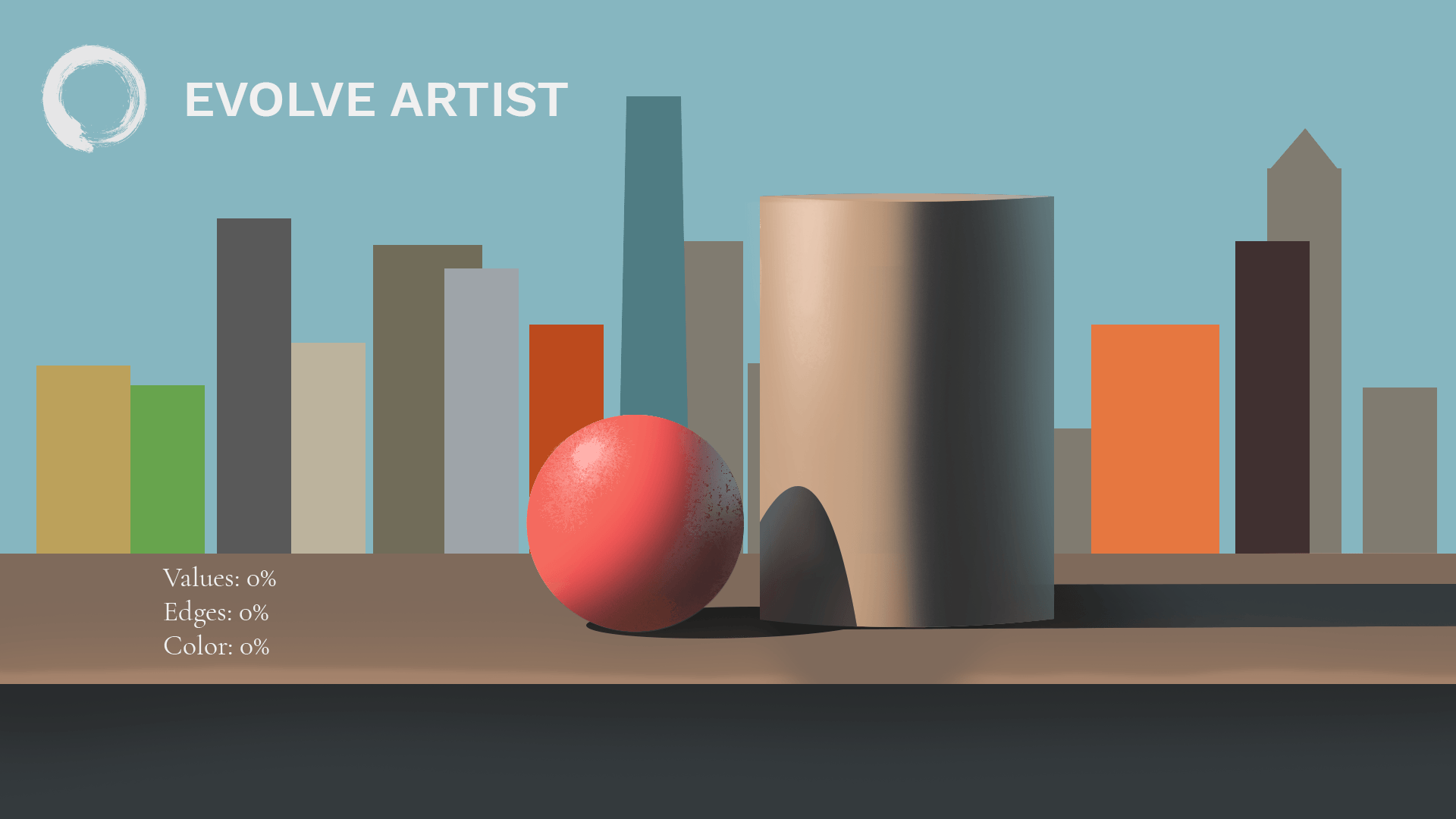
Values can become more muted by making the buildings closer in value to the background in order to add depth to an image.
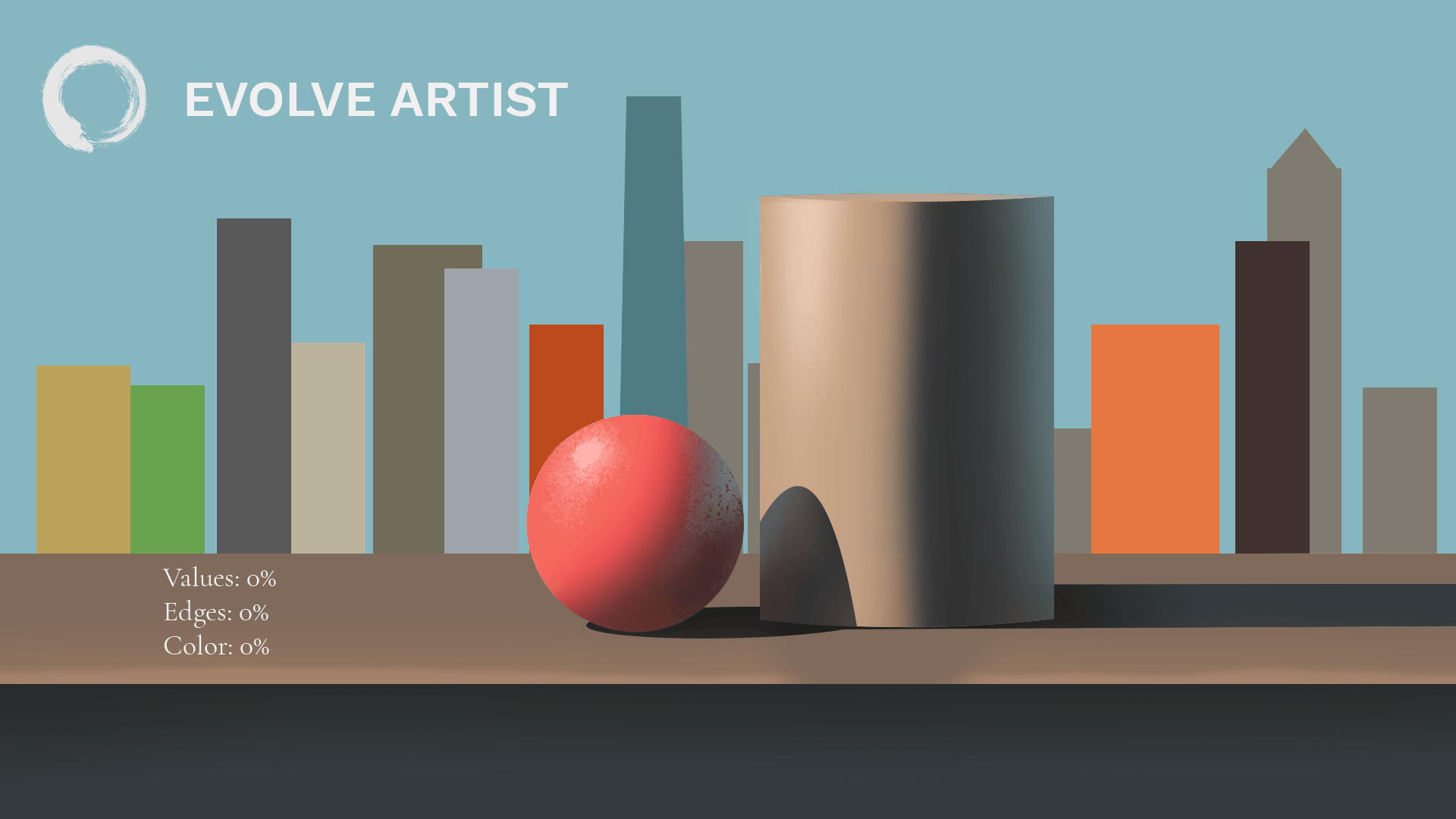
Depth can be added to make realistic paintings by making the edges in the background softer than those in the foreground.
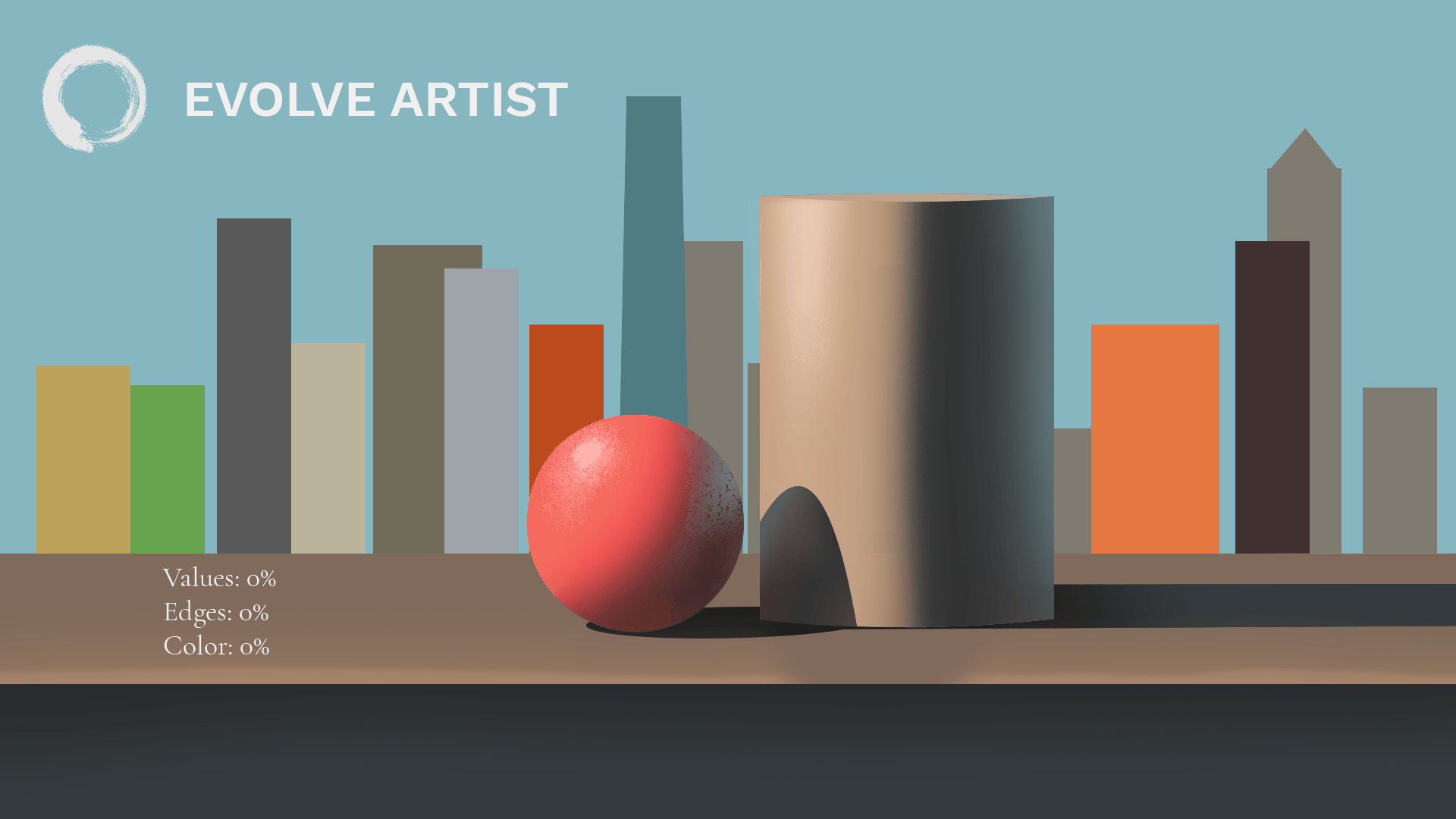
To add depth, you can make the colors of the buildings closer to the color of the background.
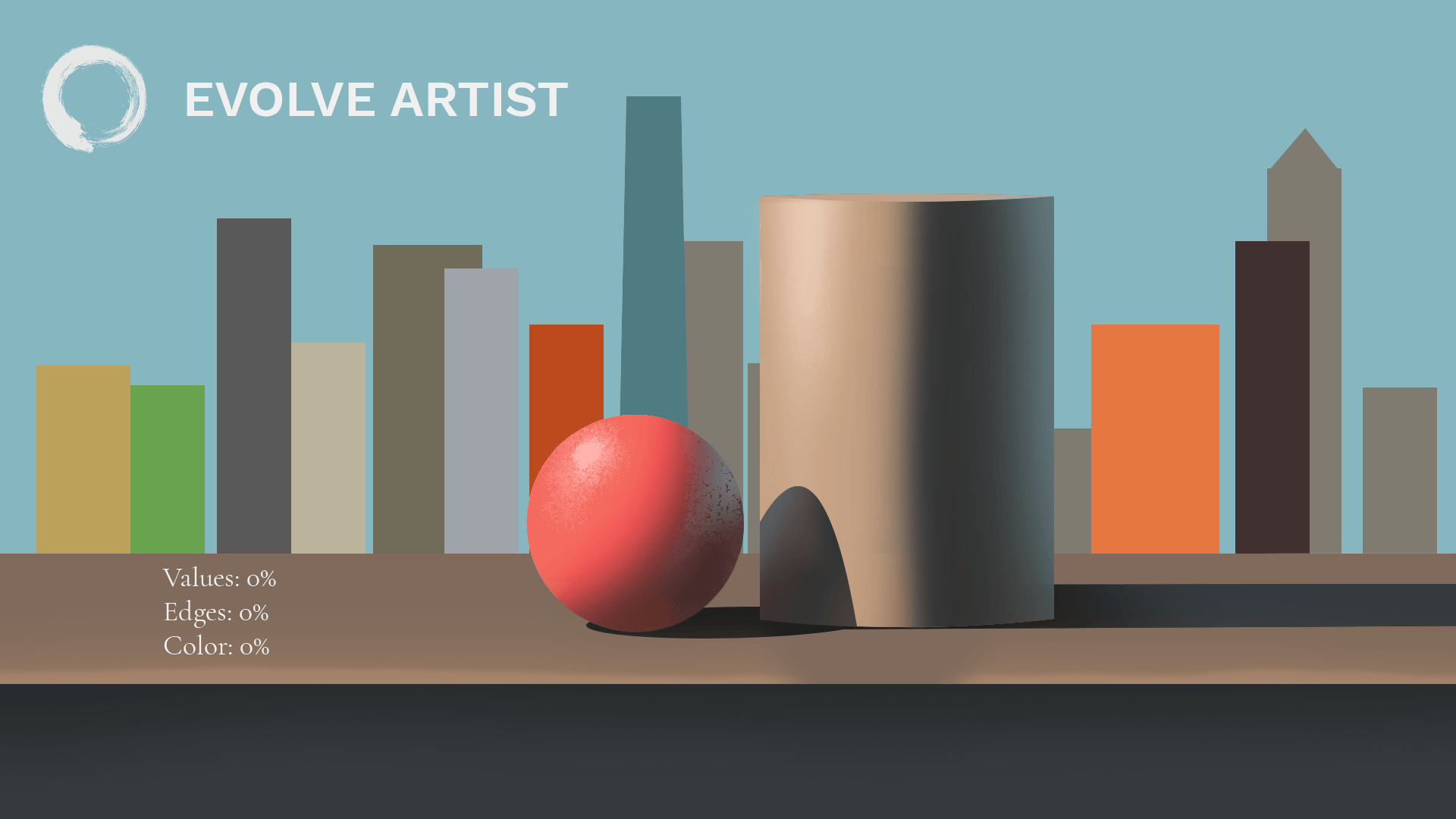
The various combinations of values and edges and color can be used to create the impression of your choice as an artist.
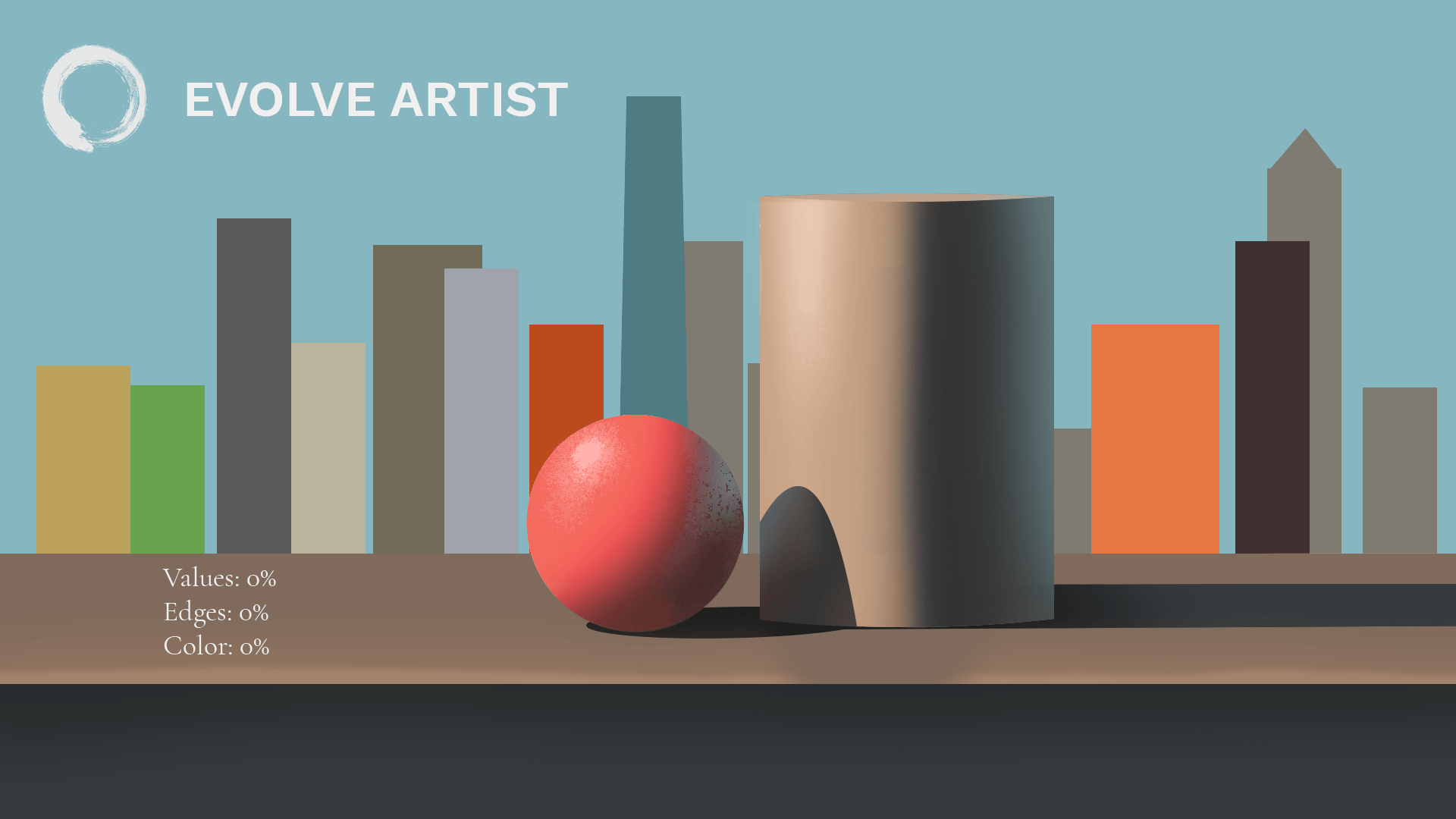
Artistry is revealed in the choices made by the artist of which of these fundamentals are accentuated and emphasized.
Using the Fundamentals of Painting to Make Your Own Original Art
That destination is yours to choose. It's the fulfillment of the intent that you set from the very beginning of your work.
Conclusion
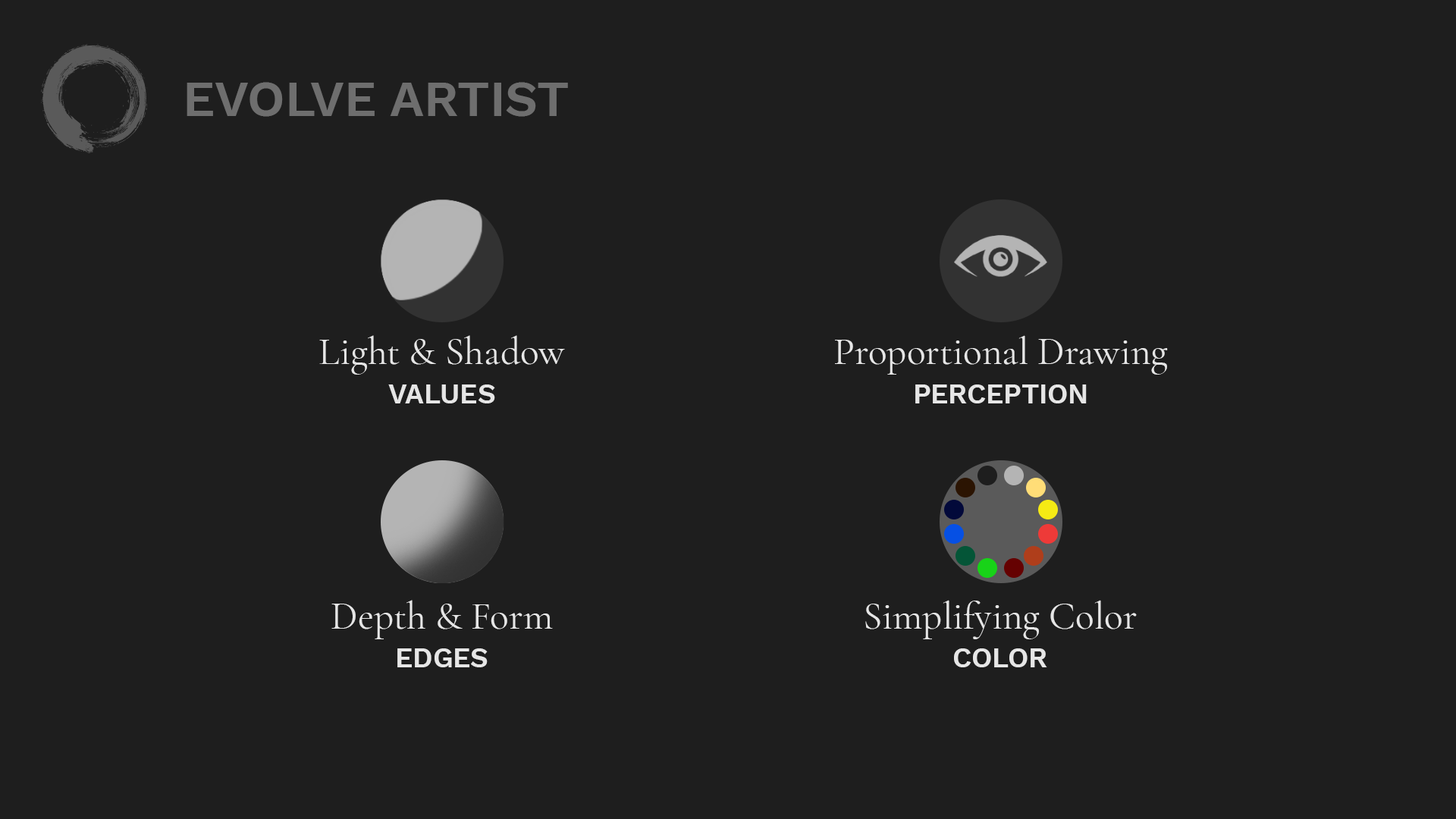
The four fundamentals of painting help to pave the road for artists to make realistic art on their journey of learning.
The road to taking what's in your heart and mind and getting it out into the world and sharing it with others is paved by these fundamentals. However, to gain a command over these fundamentals of painting and to realize your intentions, it's not enough just to read these posts. You have to go and earn the experience for yourself.
Hopefully, this is giving you a frame of mind to approach your work, but in the same way that the light guides us in the decisions that we make for our paintings, we need to have a guide, someone who's experienced, who's been there before, and who can keep us on the correct course in our growth and journey in unlocking and unleashing the creativity that's inside of us.
That's our goal at Evolve Artist. It's to create a path that is direct and efficient and to provide a guide every step of the way, including materials, feedback, and guaranteeing results. It's designed for someone who wants to take their art to a whole other level, getting to a place where you can fulfill your intentions and create art without limitations.

Click HERE to sign up and watch the 3 Things Mini Course.
Fundamentals of painting aside, there are three things that every artist needs in order to gain a command over their art and reach pro level art skills. I have given advice to hundreds of artists and not one of them has even come close to their full potential when just one of these three things is missing.
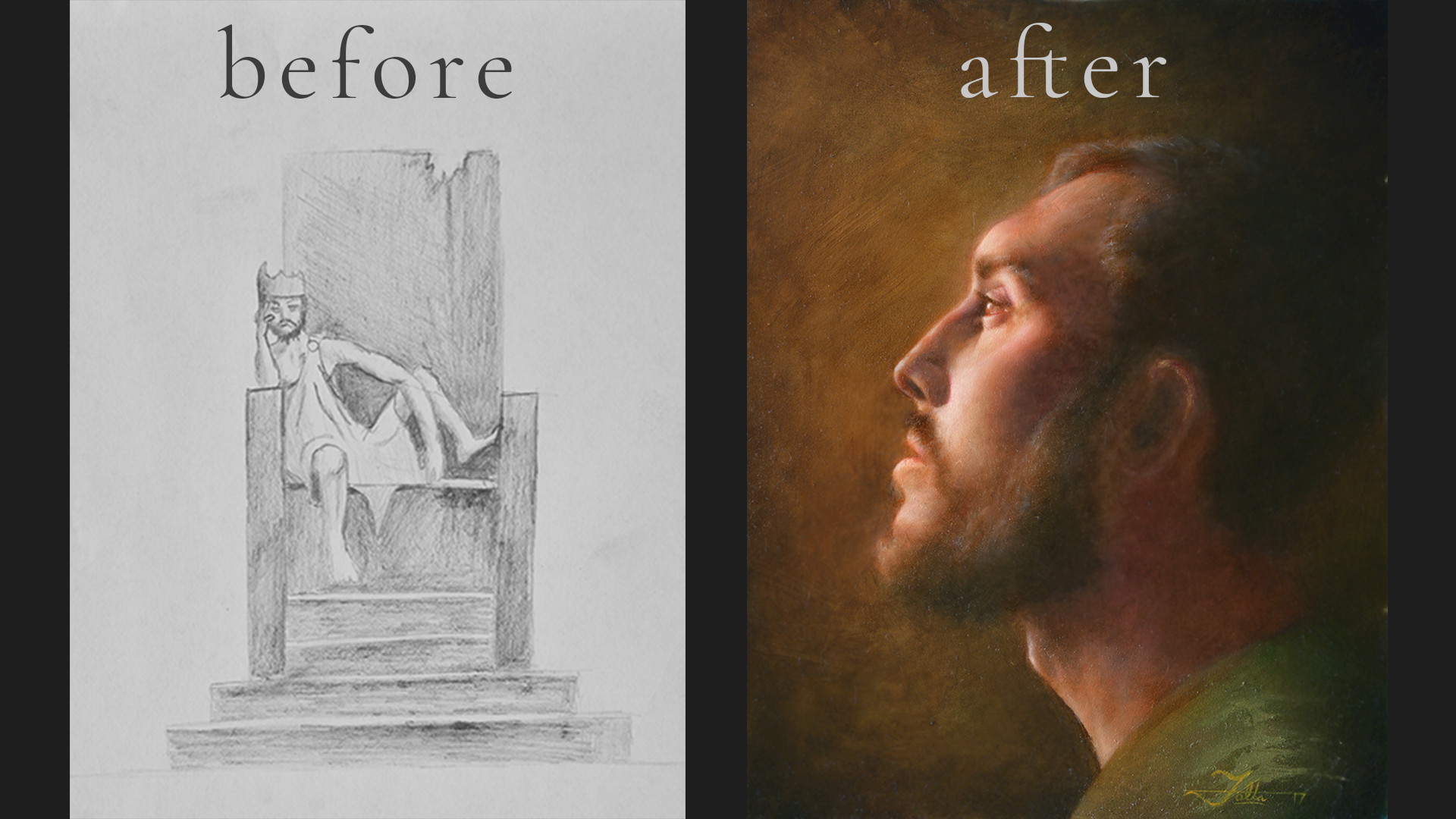
Evolve's Daniel Folta transformed his art using the Evolve Artist method. You can start with the FREE 3 Things Mini Course HERE.
And that was the case for me too. I was seriously lacking in one of them, and it wasn’t until I seized it that I began to consistently produce professional level work.
So I have made a free, 15 minute course where you can get out your notebook and get ready to map out some clear steps to reach your art goals.
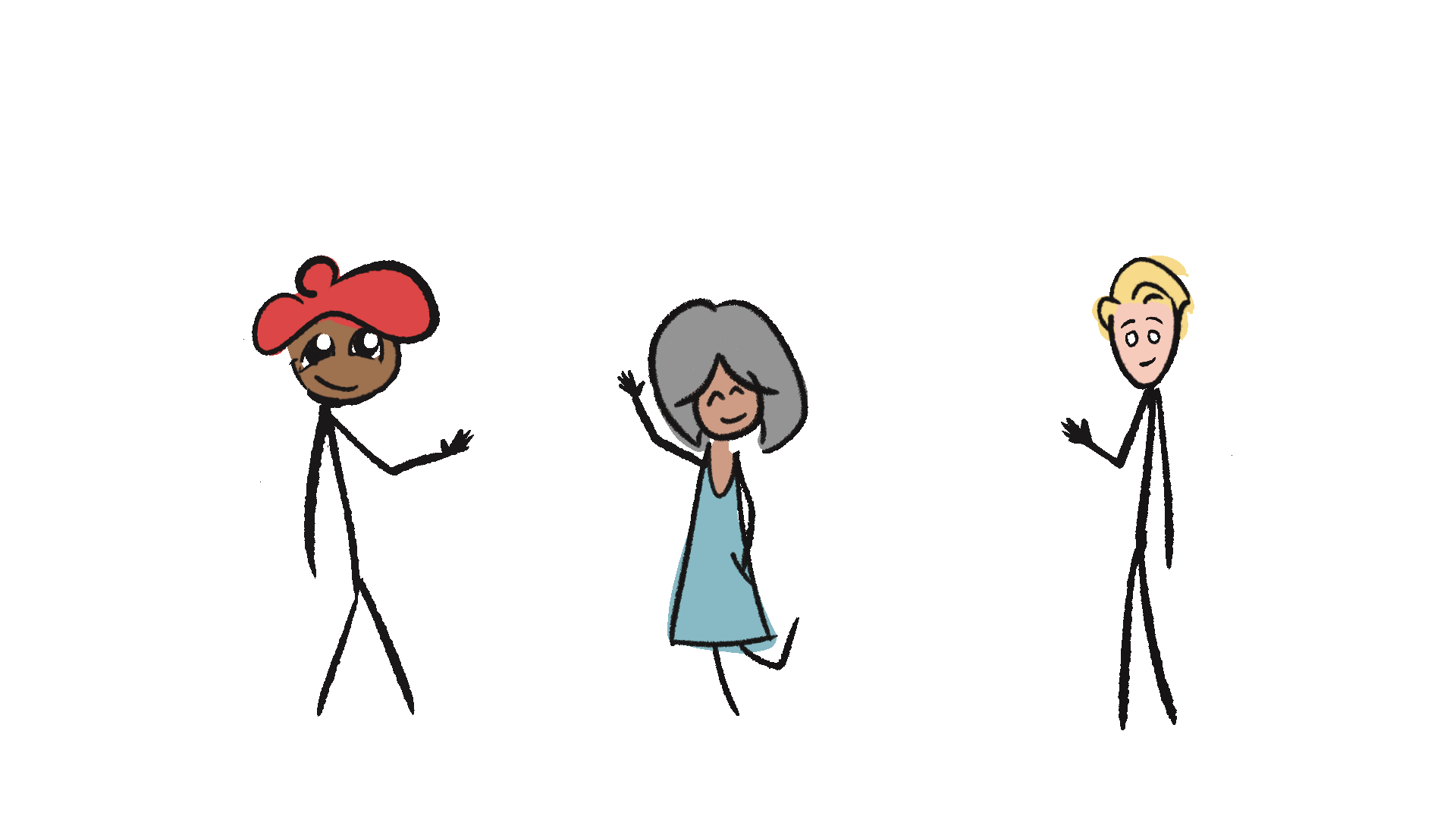
Learn from these three different artists and what they are missing through the FREE 3 Things Mini Course HERE.
In the course we’re going to look at three different artists, each of whom is missing one of the three things. You might relate to some of them! We’ll talk about why these three things are so essential, and how you can attain these things for yourself.
I’m very excited to share this with you! Click the link HERE to watch this free course.
I wish you all happy, happy painting.
This post is Part 5 of our Fundamentals of Art series. Click HERE to read about values, HERE to read about edges, HERE to read about perception, and HERE to read about color.
